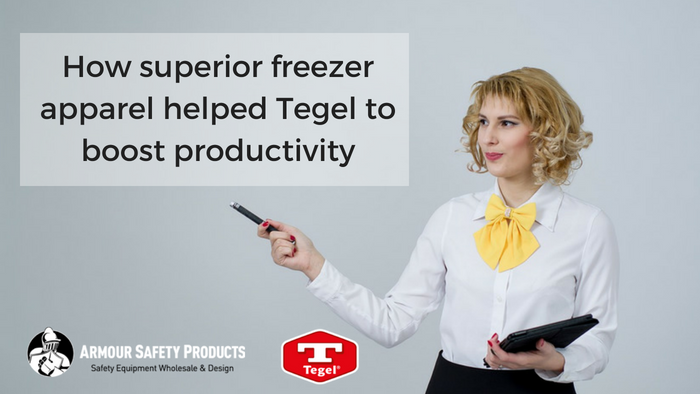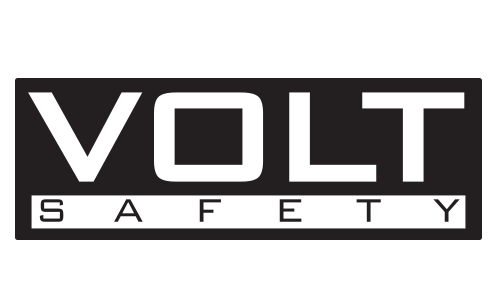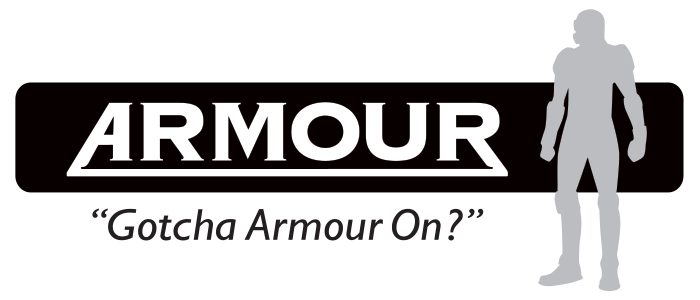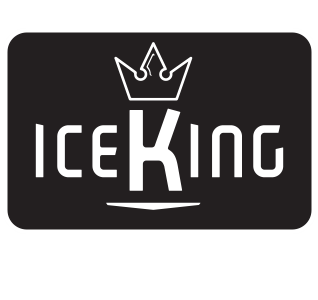
Tegel Foods, New Zealand’s largest chicken producer, asked Armour Safety Products to develop freezer apparel that would better suit their workforce needs.
The problem
Employees at Tegel’s processing facilities work in a huge freezer environment where temperatures reach a chilling minus 20 °C and below.
Despite being kitted out in freezer jackets, bib pants and gloves, Tegel’s workers couldn’t withstand the cold for even 20 minutes. To maintain a steady production line, Tegel rotated staff frequently. From a productivity point of view this was far from ideal.
The obvious solution of course was for Tegel to equip their team with freezer apparel that was better fit for purpose. But there was nothing available on the market that worked.
Safety problem solver
At Armour Safety, we develop fit-for-purpose safety products. For our customers, this maximises safety and lowers costs over time.
Our business model is to sell to resellers who work day to day with end user customers. To solve problems like Tegel’s, though, we meet with end users to hear about the problems straight from the factory floor. First hand knowledge gives us the best insight into the problem so we can get you the right solution.
We met with Tegel to listen, ask questions and brainstorm ideas.
And learned there were a couple of big issues:
- After laundering the current jackets and bib pants over time, the material bunched into pockets. As a result, cold air would get in through the outer and inner liners and cool the workers down.
- As workers’ bodies heated up, warmth would escape through the open cuffs of pants and jackets.
Our objective
Our job was clear: to develop bib pants and jackets that would enable Tegel’s employees to work in minus 20 °C and lower temperatures for a more practical period of time. The products also must meet industry safety and quality standards.
A safety solution
Having an understanding of the problems, we began sourcing hard-wearing materials that could cope with extreme temperatures. To fix the issue of heat escaping from jacket sleeves and pant legs, we looked at types of neoprene cuffs for around the wrist and ankle of the jackets and bib pants.
Product development trials
Samples are integral to product development. For Tegel, we supplied several options before settling on the final design solution.
Early in the process, for example, we supplied samples of bib pants with plastic clips (like those on a backpack) to attach braces over workers’ shoulders. Tegel came back to us and said,
“The pants are great, but the clips make getting the pants on and off quickly too difficult. Also, the plastic becomes brittle at 20 °C."
So, we supplied bib pants with elastic braces instead. Simple.
Testing to meet industry standards
To ensure the freezer apparel provided the required level of protection, we had them tested in Europe to EN 342 standard.
The EN 342 is determined by 4 factors:
- thermal insulation properties with movement
- thermal insulation properties without movement
- air absorbency
- waterproofing properties.
We also sent the apparel to Napier, here in New Zealand, for AS NZS 4602 testing to ensure it performed in relation to reflectivity at night and visibility during the day.
The result
The final result was bib pants, jackets, as well as gloves, that Tegel's workers can now wear — for almost an indefinite length of time — in temperatures as low as minus 40 °C. Tegel’s employees are warmer and happier, and, because staff needn’t be rotated as often, the company’s productivity has increased significantly.




